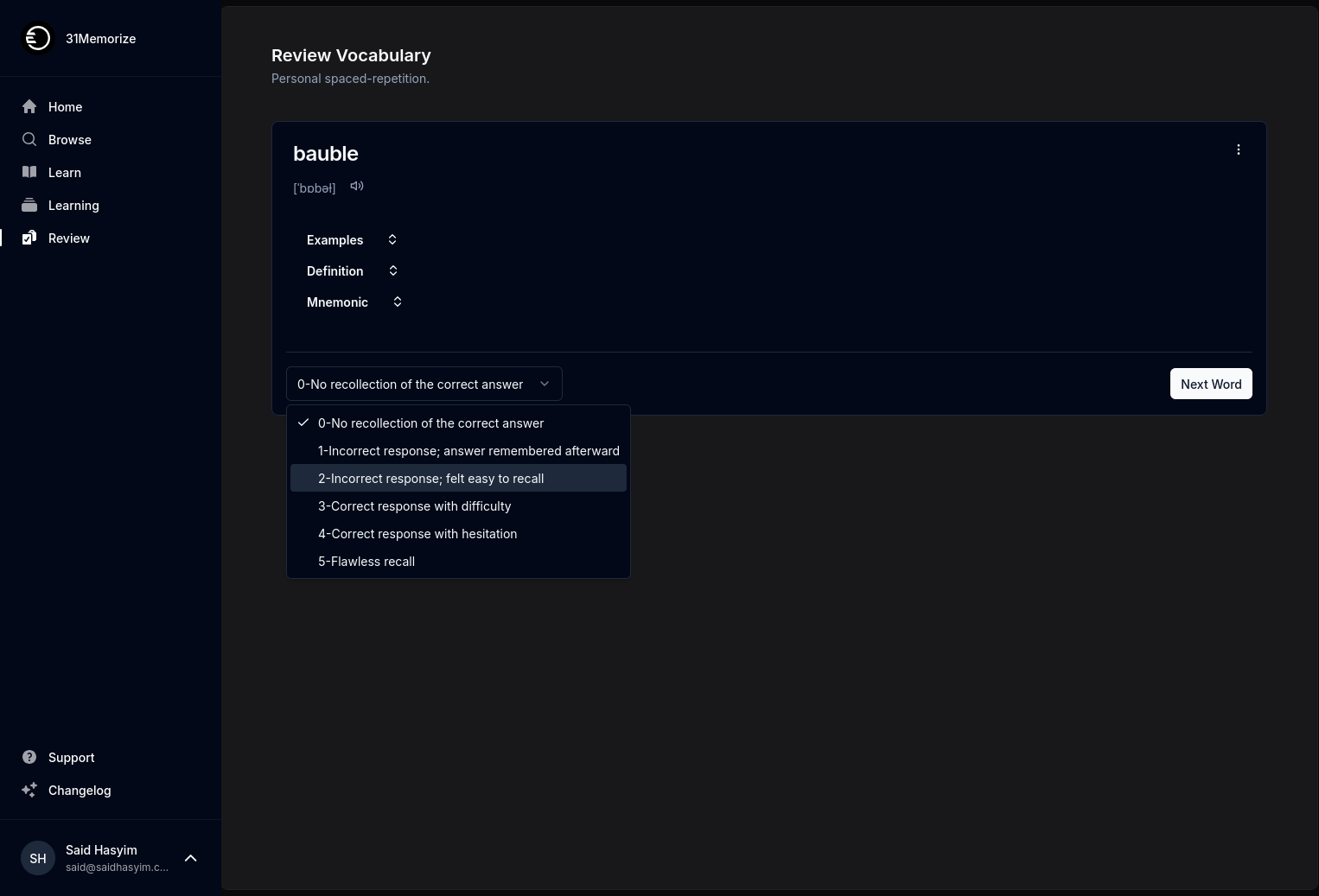Building an Engaged Reader Network through Ratings
In the age of digital consumption, where content is abundant but attention is fleeting, building an engaged reader network is crucial for authors, bloggers, and content creators. One effective strategy for enhancing reader engagement is through the implementation of a ratings system. Ratings not only offer a way for readers to express their opinions but also foster a sense of community and interaction. In this blog post, we will explore how you can build an engaged reader network by leveraging ratings, focusing on the benefits, strategies for implementation, and tips for maintaining a vibrant community.
Understanding the Power of Ratings
Promoting Interaction and Feedback
Ratings provide a straightforward method for readers to share their thoughts on your content. Instead of leaving a lengthy comment, readers can simply click a star or select a percentage. This ease of expression encourages more readers to engage with your content. When readers see that their feedback matters, they are more likely to return and continue participating in the conversation.
Creating a Sense of Community
When readers engage through ratings, a community starts to form. Readers can compare their opinions with others, fostering discussions and building relationships based on shared interests. This sense of belonging is essential for increasing reader loyalty, as they will feel more invested in your content and more inclined to return regularly.
Establishing Credibility
A robust rating system can enhance your credibility as a content creator. High ratings signal quality and attract new readers who may be on the fence about engaging with your material. Moreover, a well-rated piece of content can inspire trust among new visitors, making it easier for them to dive into your work.
Strategies for Implementing an Effective Ratings System
Choose the Right Rating Scale
Selecting a rating scale is crucial. The most common scales are numerical ratings (1-10) and star ratings (1-5). You can also opt for thumbs up/down or even emoji-based ratings. Consider your audience and the type of content you create to determine which scale resonates best. Simplicity is key; the easier it is for readers to rate, the more likely they will participate.
Encourage Reader Participation
To foster engagement, actively encourage your readers to rate your content. This can be achieved through verbal prompts, calls-to-action at the end of each post, or reminders in newsletters. You might say something like, “Loved this post? Share your thoughts by giving it a rating!” The more you prompt for feedback, the more likely your audience will respond.
Make Ratings Visible
Display the average rating prominently on your content. This visibility not only provides immediate feedback to readers but also encourages them to add their ratings. You might also consider showing the number of ratings received; a higher number can encourage others to participate as they see that their opinions contribute to a larger conversation.
Implement a Comment Section
Enhancing your ratings system with a comment section can significantly enrich discussions. While ratings provide a quantitative measure of feedback, comments offer qualitative insights. Readers who rate your content may also feel inspired to leave comments, allowing for deeper discussions and interactions.
Share Reader Feedback
Once readers engage with your ratings, consider sharing this feedback. Create content that highlights reader comments or even a “top-rated” list of your posts. Not only does this show appreciation for your readers’ input, but it also encourages future engagement and participation.
Maintaining an Engaged Reader Network
Regularly Update Content Based on Feedback
Listen to the feedback your readers provide through ratings and comments. If your audience rates certain topics higher than others, consider creating more content around these themes. Regularly updating your content strategy based on your readers' preferences demonstrates that their opinions are valued, encouraging ongoing engagement.
Foster a Respectful Community
While it’s essential to encourage open discussions, it’s equally important to maintain a respectful community. Establish guidelines for the comment section to ensure that conversations remain constructive. Actively moderate discussions to remove spam or abusive comments. A respectful environment is crucial for retaining engaged readers.
Host Rating Challenges or Events
Consider organizing rating challenges or events to inspire reader interaction. For instance, you can ask readers to rate their favorite posts of the month and reward the most engaged participants with recognition or small prizes. This not only enhances engagement but also reinforces community bonds.
Utilize Social Media
Leverage social media platforms to share your content and ratings highlights. When a particular post receives high ratings, share it across your social channels to attract more readers and encourage discussion. Social media provides an excellent avenue for extending the reach of your ratings system beyond your primary platform.
Analyze and Adapt
Finally, regularly analyze the data collected through your ratings system. Assess trends over time to understand which content types resonate most with your audience. Use this information to guide your content creation strategy, ensuring you are consistently meeting reader expectations.
Conclusion
Building an engaged reader network through ratings is not only an effective strategy but also a rewarding endeavor for content creators. By encouraging interactions, fostering a sense of community, and maintaining open lines of communication, you can create a vibrant space where readers feel valued and heard. With the right strategies in place, your ratings system can serve as a powerful tool for enhancing reader engagement and loyalty. Embrace the feedback, adapt to your audience's needs, and watch as your reader network flourishes.
